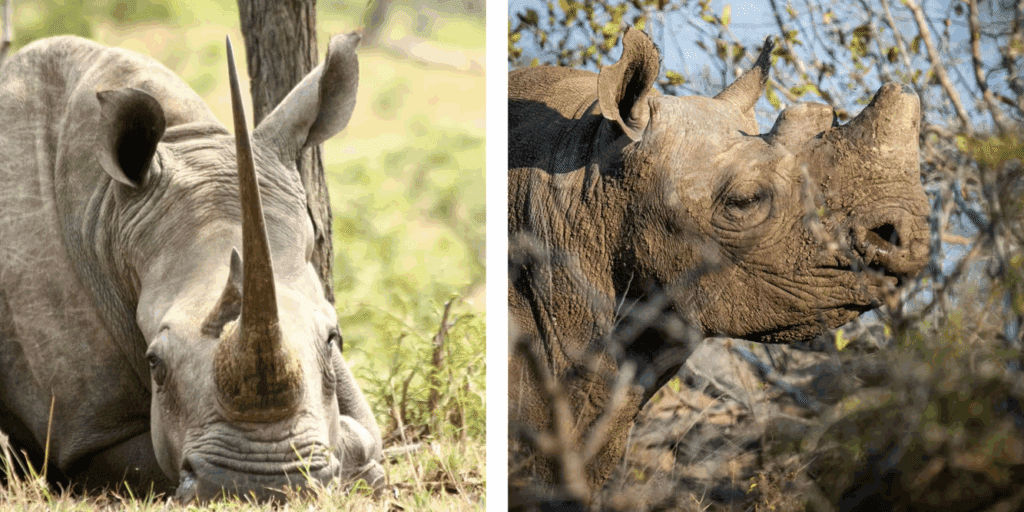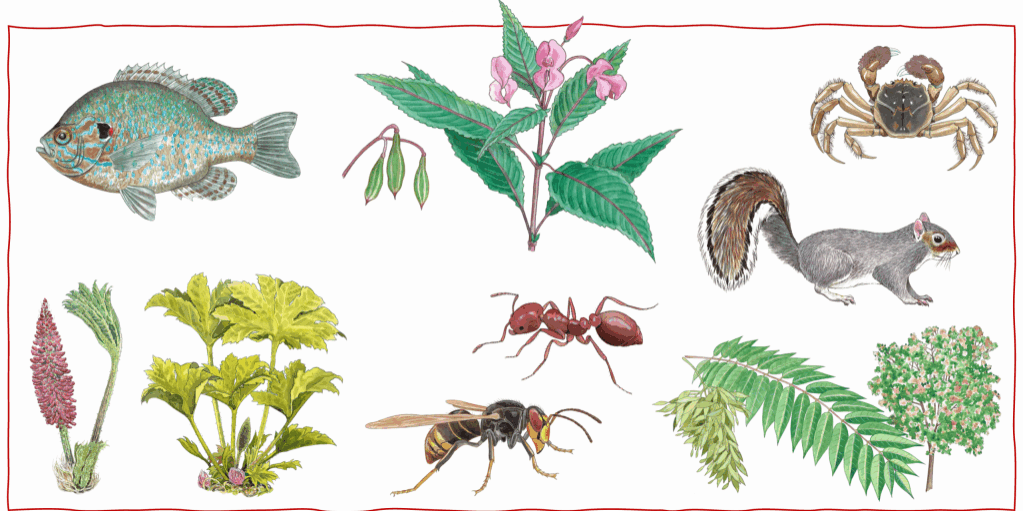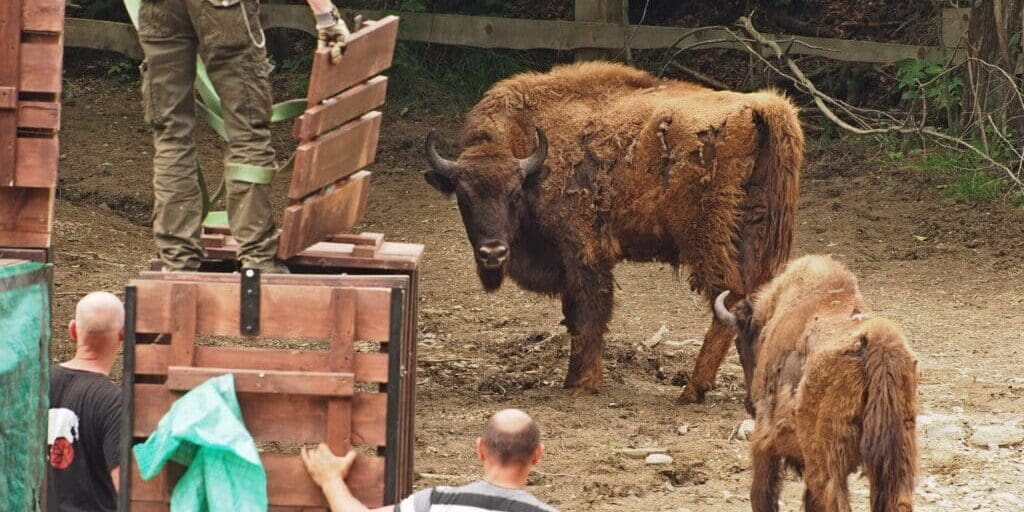News update from Conservation Evidence
Following our great news just before Christmas, receiving The Vice-Chancellor’s 2023 Award for Research Impact and Engagement, we wanted to provide a summary of exciting updates.

Publicity: We are delighted that The Observer has just written a piece on our evidence work. This was featured in the round up of the papers on Radio 4’s Broadcasting House (at 48:38). We then created a thread on X explaining our thinking in more detail, which attracted a fair amount of interest and comments.

Local and Indigenous knowledge: We have been thinking about how to combine scientific evidence with other knowledge sources including local and Indigenous knowledge for many years now (we published a paper on this ten years ago). This has risen right up the agenda and is central to the The Kunming-Montreal Global Biodiversity Framework. However there seems to be little progress in taking this forward. We have been shortlisted for a grant, led by indigenous leaders, to explore what knowledge can be stored, where it can be stored, who should have access to what knowledge etc.
Alongside this we are keen to include the insights of practitioners. We have therefore created a prototype practitioner insight database for collating this information. We think this is important to go alongside evidence summarised in the main Conservation Evidence database – but plan to keep these separate to avoid muddying the aim of that work.
Artificial Intelligence: Over the last five years we have become increasingly interested in using AI and machine learning to speed up evidence collation, following a project on existential risk. Over the last couple of years, we have had computer students collaborating with us, but this work has really taken off over the last six months as we set up collaborations with faculty from Computer Sciences and Google Deepmind. We have just been awarded a grant from AI@Cam, which provides seed funding and gives us access to the DAWN computer (the fastest AI computer in the UK). Google will also provide access to their tools. Our ultimate aim is to provide customised decision support to decision-makers when accessing evidence on the Conservation Evidence website: a “Conservation Evidence Co-Pilot”.

Support: We are delighted that one of our Funders for Effective Conservation has extended their support for Conservation Evidence for a further two years.
With other support we have a mass of other projects underway including the production of guidance (on creating and managing salt marshes and tidal flats, and on reducing the impact of highways on amphibians and reptiles) and synopses (on the conservation of inland aquatic vegetation, corals, and anguillid eels in freshwater habitats).





I have been trying to access the http://www.conservationevidence.com website for a few days now, but it has been down. Is it undergoing maintenances? When will it be back online?
We’re really sorry about this. We’re having some major technical issues with the website that may take a few more days to fix. We’re working hard with our IT team to get things back up as soon as possible.